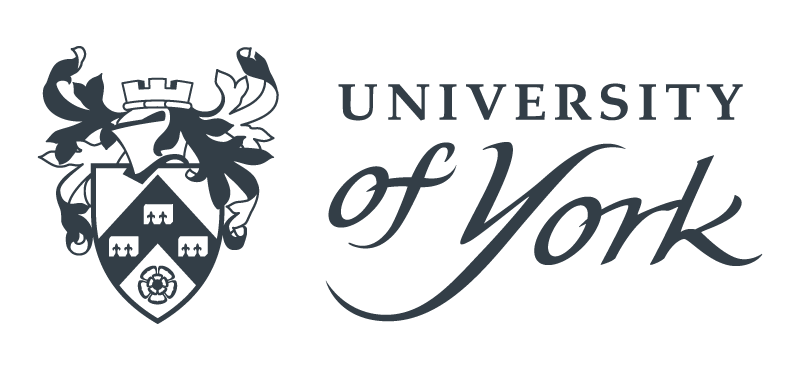Torksey Viking Camp: Illustrated Artefact Catalogue, 2024
Julian D Richards, Dawn Hadley, Mark Randerson, 2025. https://doi.org/10.5284/1115932. How to cite using this DOI
Data copyright © Prof Julian D Richards, Prof Dawn Hadley, British Museum, The Fitzwilliam Museum unless otherwise stated
This work is licensed under a Creative Commons Attribution 4.0 International License.
Primary contact
Prof
Julian D
Richards
Department of Archaeology
Archaeology Data Service
King's Manor
Exhibition Square
York
YO1 7EP
England
Tel: 01904 433901
Fax: 01904 433902
Resource identifiers
- ADS Collection: 6249
- DOI:https://doi.org/10.5284/1115932
- How to cite using this DOI
Introduction

The Anglo-Saxon Chronicle records that, in the winter of 872-3 AD, the Viking Great Army overwintered æt Tureces iege. While long assumed to have occurred in the vicinity of the present-day village of Torksey on the River Trent, c 14km NW of Lincoln, the site of the Viking winter camp has now been precisely located. Metal detector users began to report their finds to Rachel Atherton at Derby Museum and the late Mark Blackburn at the Fitzwilliam Museum, Cambridge, in the 1990s. Developing this collaboration we have been able to identify the location and extent of the camp, which is spread over six fields, north of the modern village and east of the Trent. Our project has revealed the large scale of the area occupied (some 55 hectares) and the huge amount of artefactual material that was lost or discarded over a single winter, providing evidence for a wide range of activities, including exchange, metal processing and craft working. As part of our project we have completed a catalogue of all the known finds, a large artefact assemblage of c.3585 objects. Unstratified metal-detected artefacts form the bulk of the assemblage, but archaeological trial trenching was also undertaken, with some artefacts recovered from secure, discrete contexts. The finds assemblage has much in common with that from another camp at Aldwark (North Yorkshire), and includes dirhams, silver English pennies, Northumbrian copper-alloy pennies, known to numismatists as stycas, silver and gold hack-metal and ingots, copper-alloy ingots, copper-alloy and lead weights, lead gaming pieces, and mainly copper-alloy dress accessories, as well as evidence for metalworking. The coin dating has a good fit for a deposition date of 872–3.
The Viking assemblage at Torksey can be compared with that from Aldwark and together they provide an opportunity to study the activities of the Great Army. The results of our research have been published in Dawn M Hadley and Julian D Richards, with Dave Haldenby, Gareth Perry, and Mark Randerson (2024) Life in the Viking Great Army: Raiders, Traders, and Settlers (Oxford University Press). This catalogue and the equivalent catalogue for Aldwark provide the underpinning data for that monograph but have also been released so that it can be reused for further research projects on the material culture of the Viking Great Army.






